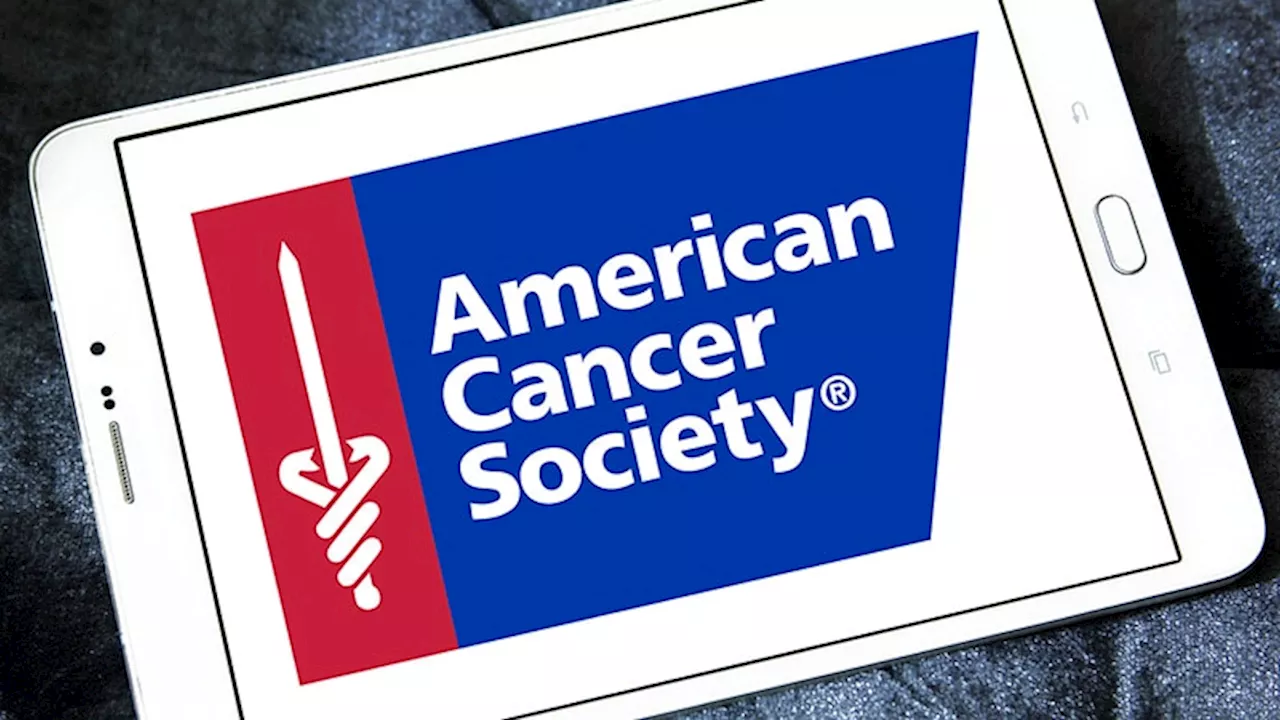Antenatal corticosteroids (ACS) are an established therapy for pregnant women at risk of preterm birth. Researchers have found that babies given ACS had notably smaller volumes of two key brain regions, the bilateral amygdalae and caudate nuclei, which are essential for emotion processing and motor control, respectively.
Antenatal corticosteroids are an established therapy for pregnant women at risk of preterm birth. Researchers have found that babies given ACS had notably smaller volumes of two key brain regions, the bilateral amygdalae and caudate nuclei, which are essential for emotion processing and motor control, respectively. The findings suggest that doctors should adjust ACS use to reduce potential risks to brain development.
Dr. Kazuya Fuma and his team used clinical data of preterms at Nagoya University Hospital. Among the 59 babies studied, 46 were exposed to ACS before birth. They compared critical subcortical brain regions of those babies that had been exposed to ACS to those who had not. The brain regions included those important for emotions, memory, and motor control, such as the thalamus, hippocampus, amygdala, and caudate nucleus.
The study does not assert that ACS is harmful. Rather, its purpose is to better understand the effects of ACS. Though ACS aids preterm survival, it may subtly alter brain structure. Understanding this tradeoff is vital for balancing short- and long-term health. "In countries where ACS is well-established, the next challenge is optimization," Dr. Fuma said."We identified varying impacts of ACS on different neonatal complications, and it is likely that these effects depend on gestational age. Moving forward, we need to closely examine the risks and benefits of ACS administration at each gestational week, including long-term outcomes."
Heart Disease Pregnancy And Childbirth Nervous System Infant And Preschool Learning Child Development Intelligence Neuroscience
United States Latest News, United States Headlines
Similar News:You can also read news stories similar to this one that we have collected from other news sources.
 Waste polystyrene patch generates static electricity from wind, could run ACsThe innovative thin patch, made from multiple layers of polystyrene each around one-tenth the thickness of a human hair, produced static electricity.
Waste polystyrene patch generates static electricity from wind, could run ACsThe innovative thin patch, made from multiple layers of polystyrene each around one-tenth the thickness of a human hair, produced static electricity.
Read more »
 ACS plans forced sterilizations, anonymous dangerous dog complaints, and bigger fines for repeat offendersAnimal Care Services wants to have less bark and more bite when it comes to tackling San Antonio’s loose and dangerous dog problem.
ACS plans forced sterilizations, anonymous dangerous dog complaints, and bigger fines for repeat offendersAnimal Care Services wants to have less bark and more bite when it comes to tackling San Antonio’s loose and dangerous dog problem.
Read more »
 Family of 4-year-old who starved to death in NYC apartment plans to sue ACSThe extended family of Jahmeik Modlin, the young boy found dead on Oct. 13 inside a Harlem apartment weighing just 19 pounds, blame ACS for his death.
Family of 4-year-old who starved to death in NYC apartment plans to sue ACSThe extended family of Jahmeik Modlin, the young boy found dead on Oct. 13 inside a Harlem apartment weighing just 19 pounds, blame ACS for his death.
Read more »
 ACS: Breast Cancer Incidence Rising, Mortality Disparities PersistThe biennial breast cancer update from the ACS reported an increase in diagnoses, especially among younger women, as well as disparities in survival outcomes.
ACS: Breast Cancer Incidence Rising, Mortality Disparities PersistThe biennial breast cancer update from the ACS reported an increase in diagnoses, especially among younger women, as well as disparities in survival outcomes.
Read more »
 Six Dogs Euthanized After Attacking Woman, Declared Dangerous By ACSSix dogs were euthanized after attacking a woman in San Antonio on Sept. 4. The dogs, deemed dangerous by Animal Care Services (ACS), were off their property when they bit the victim, who suffered a minor leg injury.
Six Dogs Euthanized After Attacking Woman, Declared Dangerous By ACSSix dogs were euthanized after attacking a woman in San Antonio on Sept. 4. The dogs, deemed dangerous by Animal Care Services (ACS), were off their property when they bit the victim, who suffered a minor leg injury.
Read more »
 Six Dogs Euthanized After Attacking Woman, Declared Dangerous by ACSSix dogs have been euthanized after attacking a woman in San Antonio. The animals were declared dangerous by the Animal Care Services (ACS) and deemed to pose a risk to public safety.
Six Dogs Euthanized After Attacking Woman, Declared Dangerous by ACSSix dogs have been euthanized after attacking a woman in San Antonio. The animals were declared dangerous by the Animal Care Services (ACS) and deemed to pose a risk to public safety.
Read more »
